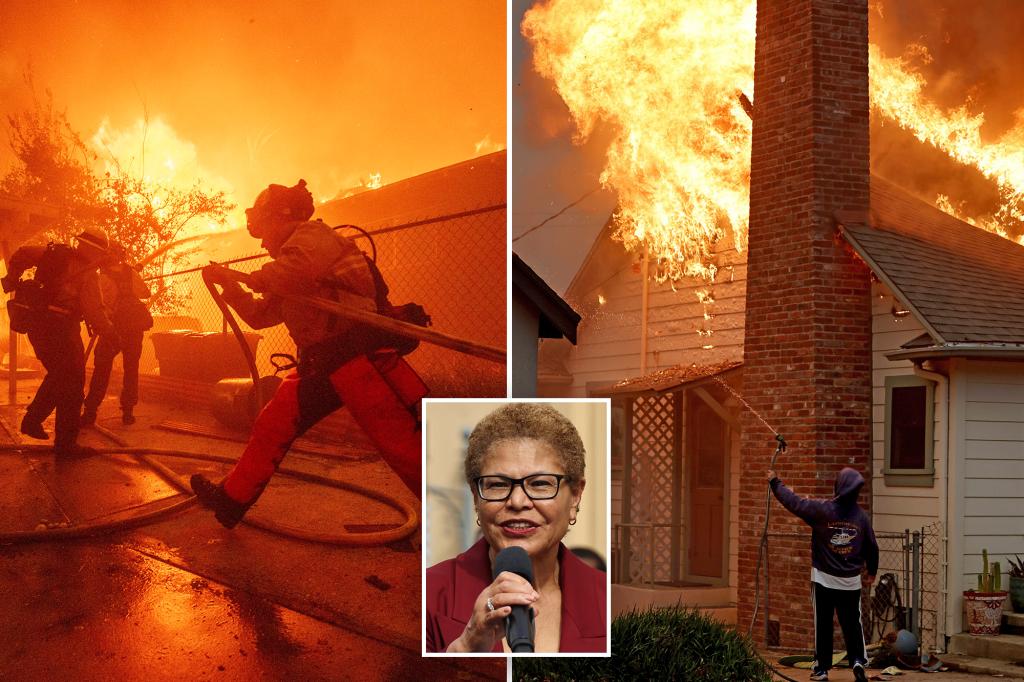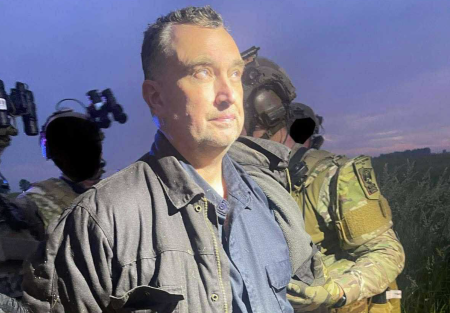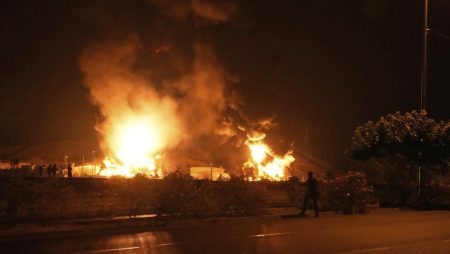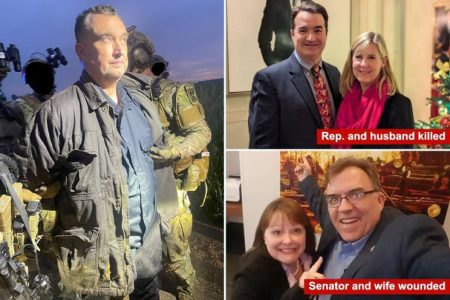The devastating wildfires that swept through Los Angeles in late 2024 exposed critical vulnerabilities in the city’s infrastructure and emergency response systems, leaving residents outraged and questioning the leadership’s preparedness and priorities. The Pacific Palisades fire, fueled by powerful Santa Ana winds, rapidly consumed over 1,000 homes and businesses, expanding to a staggering 16,000 acres – larger than the island of Manhattan – within a matter of hours. A shocking revelation emerged amidst the chaos: firefighters battling the blaze ran out of water. Hydrants ran dry, forcing crews to helplessly watch as entire neighborhoods were incinerated. This catastrophic failure of the water system stemmed from a combination of long-term mismanagement and operational deficiencies that depleted reserves at an alarming rate.
The water shortage, a direct consequence of years of neglect and mismanagement within the Los Angeles Department of Water and Power (LADWP), became tragically evident as the city’s water infrastructure buckled under the unprecedented demand. While the city’s 114 water tanks, including three million-gallon tanks dedicated to supplying the Pacific Palisades hydrants, were full at the outset of the fire, they were rapidly drained. The system, unable to maintain adequate pressure without the tank reserves, left firefighters powerless against the rapidly advancing flames. The severity of the situation was compounded by the fact that the increased demand, four times the normal rate, persisted for 15 hours, overwhelming the system’s capacity. This failure underscored the systemic issues plaguing the LADWP, including a federal indictment of a leader, high-profile resignations, and allegations of mismanagement of millions of dollars in funding.
The widespread devastation and loss of life ignited public fury, directed primarily at Mayor Karen Bass and Fire Chief Kristin Crowley. Bass’s absence during the crisis – she was in Ghana for a presidential inauguration despite prior warnings about the Santa Ana winds – drew sharp criticism. Many residents questioned her decision to be overseas during such a critical time, particularly given her earlier approval of an $18 million cut to the fire department budget. The timing of her trip, coupled with the fire department’s apparent lack of preparedness, fueled public perception of a leadership vacuum during a moment of dire need. Social media platforms became a conduit for public outrage, with demands for Bass’s resignation echoing across various online forums.
The criticism extended to Fire Chief Kristin Crowley, the first woman to hold the position. While Crowley emphasized diversity and inclusion within the department, some critics argued that these initiatives came at the expense of core firefighting priorities, such as ensuring adequate water supply and preparedness for predictable seasonal fire risks. Former Fox News host Meghan Kelly, among others, accused Crowley of prioritizing “woke” initiatives over the fundamental responsibilities of her position. This criticism highlighted a growing public concern over the perceived shift in focus within public institutions, questioning whether social agendas were overshadowing essential operational readiness.
The disaster also brought to light the broader context of California’s long-standing challenges in fire management. Former President Donald Trump pointed to Governor Gavin Newsom’s policies, specifically his opposition to a Trump administration order to redirect water from Northern California to the drier southern part of the state, as contributing factors to the water shortage. Trump also criticized Newsom’s approach to forest management, particularly his alleged failure to adequately clear underbrush and dead trees that fuel wildfires. Newsom, however, defended his record, citing his administration’s efforts in forestry management. However, investigations had previously revealed discrepancies in Newsom’s reported accomplishments in this area, further complicating the narrative surrounding fire prevention and resource allocation in the state.
The Los Angeles wildfires of 2024 served as a stark reminder of the critical importance of robust infrastructure and effective emergency preparedness. The water shortage debacle, coupled with leadership absences and a backdrop of longstanding fire management challenges, exposed deep-seated vulnerabilities in the city’s ability to respond to crises. The public outcry that followed underscores the urgent need for systemic reforms within the LADWP and a renewed focus on core responsibilities within public service institutions, particularly in the face of predictable natural disasters. The fires left a trail of devastation and a legacy of unanswered questions, demanding accountability and a comprehensive reassessment of priorities to prevent future tragedies.










